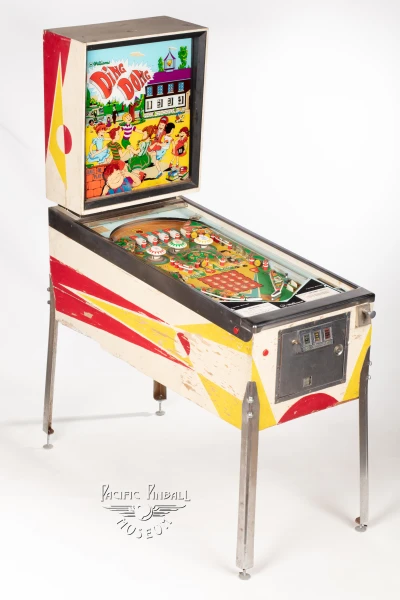Ding Dong
Ding Dong Preview Image

Machine Details
Manufacturer
n/a
Year
n/a
Technology Era
n/a
Machine Description
Content Under Review
Help us improve this content
Your support accelerates our content verification efforts.
Support Our WorkDing Dong, released by D. Gottlieb & Co. in the late 1960s, represents a classic example of electro-mechanical pinball design during the golden age of mechanical pinball machines. The game's straightforward title reflected the era's tendency toward simple, descriptive names that emphasized the acoustic experience of gameplay.
The machine featured the characteristic sounds of chimes and bells that were iconic to this period of pinball history. Like many Gottlieb games of this era, Ding Dong would have utilized the company's signature add-a-ball feature rather than multi-ball play, as this was their standard approach to extending gameplay before free games became widely legally acceptable.
The late 1960s marked an important transition period in pinball history, as manufacturers were beginning to experiment with more complex scoring mechanisms and playfield features, while still operating within the constraints of purely electro-mechanical systems. Ding Dong would have utilized the reliable mechanical score reels and relay-based logic systems typical of its era.
While not one of Gottlieb's most famous titles, Ding Dong represents an important piece of pinball history, demonstrating the engineering and design philosophies of the pre-solid-state era. The simple but engaging gameplay mechanics and reliable engineering typical of Gottlieb machines of this period helped establish standards that would influence pinball design for decades to come.